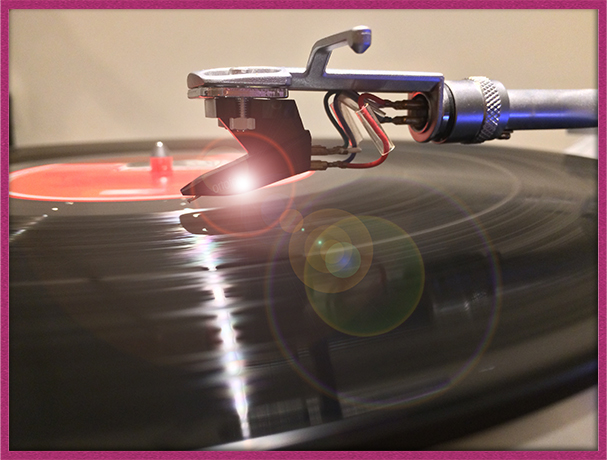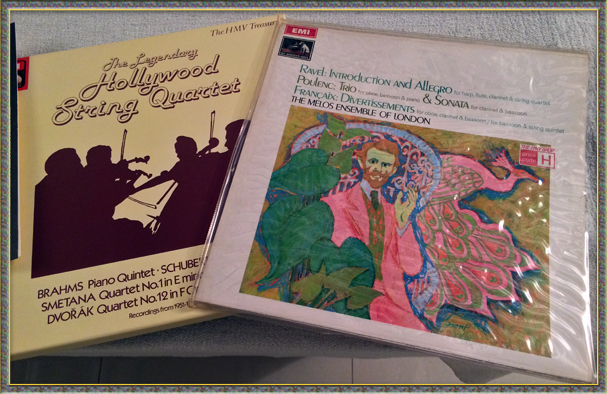Remastering
Remastering of archive material.
Our song database and back catalogue of classical music consists of over 5000 discs, a treasury painstakingly assembled over the course of half a century. We are hence, extremely familiar with a rich and diverse variety of legacy recordings and the vast range of acoustical distinctions, colours, textures and dynamic dimensions associated with their unique contexts.

We take pride in honouring our remastering procedure with paramount levels of scrutiny and subtlety and a diminished dependence on aggressively marketed automated processes that claim to nullify all intolerable blemishes such as niggling noise, hum and hiss, piles of pops and clusters of clicks in a single…click!
While effective to a degree, these techniques harbour critical flaws. They are designed to preserve time as much as promote quality and despite their inevitable claims of accuracy to appease the most acerbic audophile, you are ultimately placing your faith in a set of predetermined values where only by chance might one be appropriate.
A one size fits all solution makes it impossible to account for complex combinations of imperfections and when applied in our experience, without exception, elements of the original recording that would otherwise have enhanced the listener’s experience, have been removed to the detriment of those that remain.
The extract below is from the second movement of Polenc’s Trio for oboe, bassoon and piano and was transferred from an HMV LP pressing of Ravel, Francaix and Polenc’s chamber works made in 1969.
As a comparison, here is an example of the damaging effects a poorly implemented system can have on the source material.
Notice that although the rumble and hiss have been virtually eliminated, the piano’s now sounds muffled and watery and the entire ambience, airless close and”deadened”. This is the result of a generic plugin with a meagre choice of presets which, in its attempt to remove several contrasting strains of surface noise, has over compromised and also relegated frequencies from the main body of the recording.
Finally, here is a more refined and effective technique, employing three separate filters to expunge the differing forms of interference applicable to this particular disc.
Hiss and rumble have been largely suppressed but not at the expense of the instruments. The piano’s tone is preserved, sounding all but identical to that in the latter, unaltered clip, and the overall acoustic no longer suffers from the stifled treble imposed by the basic filter. It should be noted that the disc in question would comfortably afford a grade of VG+ if sold to an independent expert.

The discrepancies might pass a casual listener’s ears unnoticed, though our assumption is that if a person considers a source important enough to undergo remastering, it’s more than likely they intend to savour it in a dedicated environment and with their undivided attention.
It’s our practice to assign a comprehensive selection of tools and applications to identify and exclude specific faults in accordance with the highly subjective tastes of individual customers.




